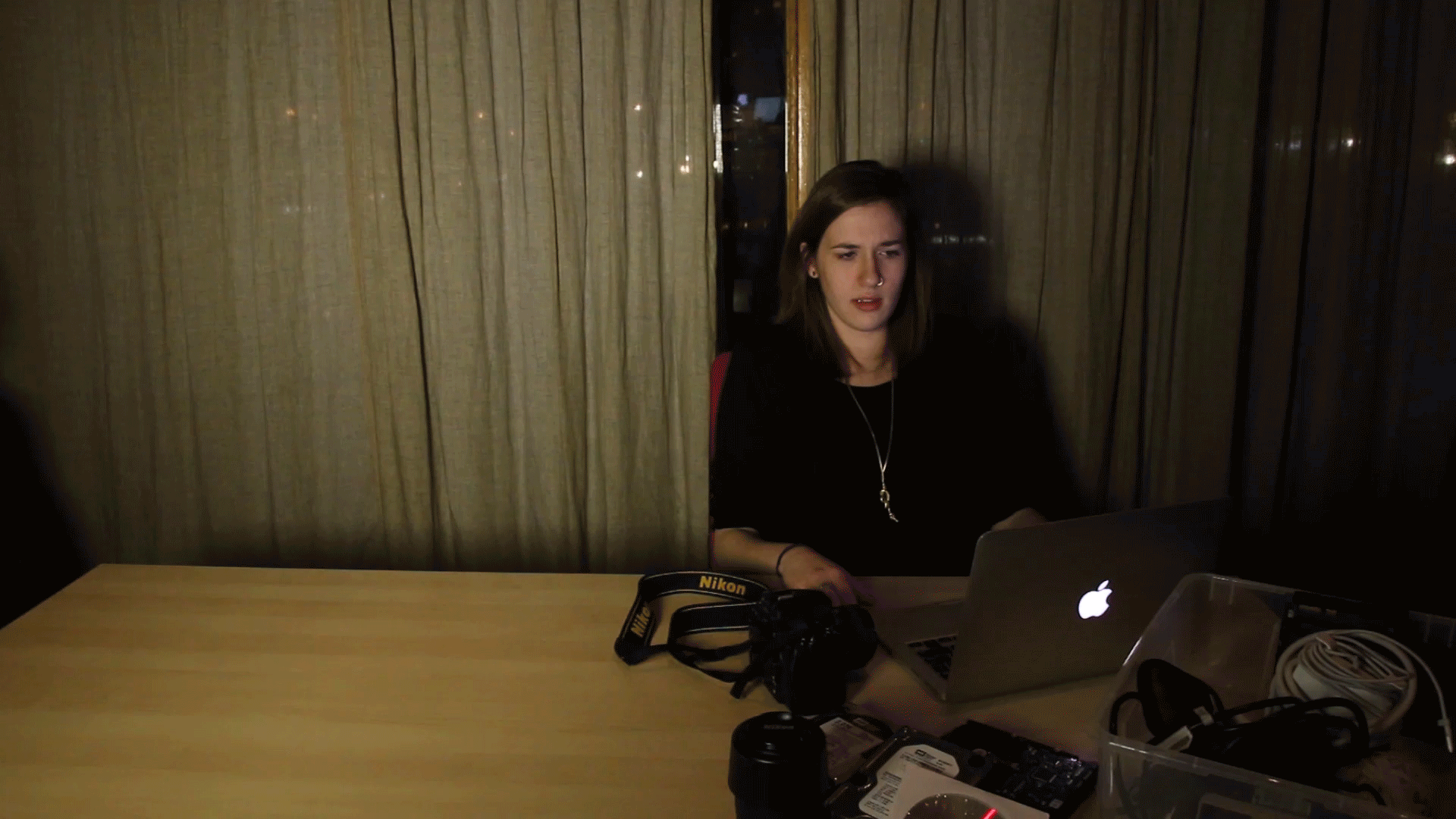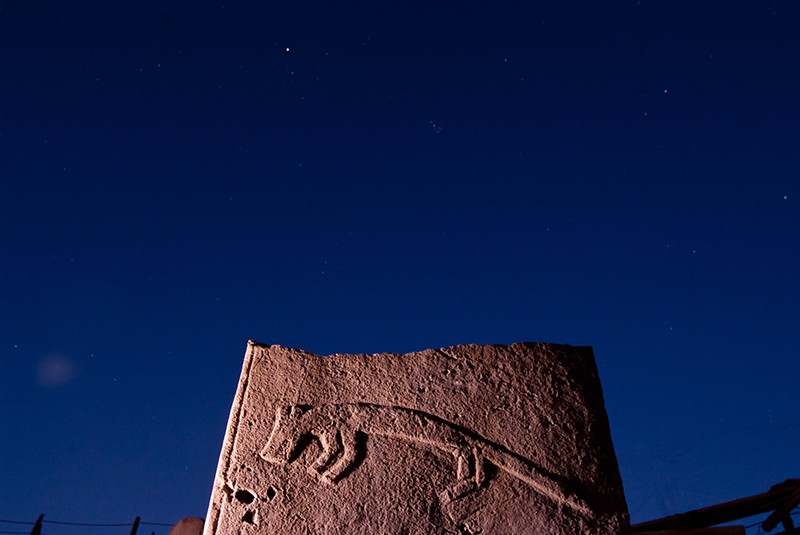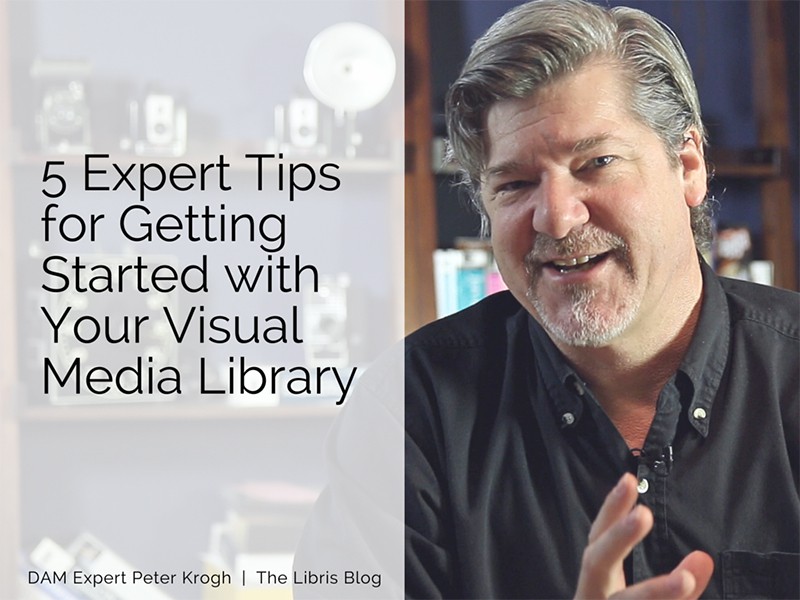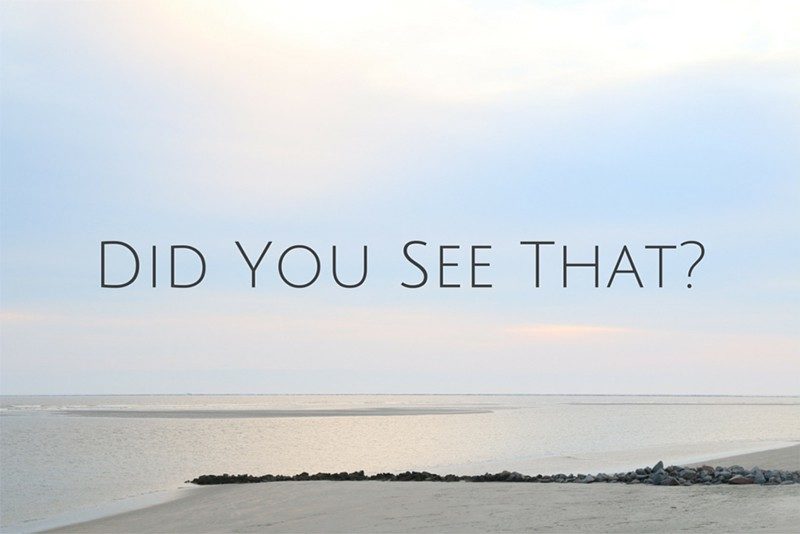Did you see that?
These are the stories that caught our attention this month – from visual content ideas and tips for social media managers to a recap of the fateful day that brought us both #LlamasOnTheLoose and #TheDress (and why it matters for your organization).
Scroll through to get our take and check out the quotes that grabbed us.
Click the links to follow a rabbit hole of interesting reads.
Roundup:
10 Types of Visuals For The Everyday Content Marketer To Use
ContentMarketer.io Blog
By Daniel Tay
Content marketers often focus on writing blog posts with a high word count, but as Daniel Tay explains in 10 Types of Visuals For The Everyday Content Marketer To Use, content marketers need to have a well-rounded approach, and focus on visuals as much as text. Tay shares examples of visuals to work into content – from emojis to GIFs to Twitter embeds.
Tay says short videos offer an opportunity to take the visuals a step further by adding audio. If you’re thinking of starting a blog, these content tips can be useful to a novice. You might want to check out this video on getting started.
For this reason, short videos – such as those on Vine – can facilitate comprehension of your content, as long as the audio and visuals aren’t competing with each, says David.
In fact, Vine is the perfect platform for creating these short videos because it’s capped at six seconds. Six-seconds, according to Twitter spokesperson Carolyn Penner, is the ideal length for both production and consumption.
He uses a Vine created by Dunkin’ Donuts for the Super Bowl as a prime example of quick, engaging video content:
It’s important to remember here that you can create short, “snackable” videos from longer pieces you’ve created for other purposes. If you have a visual media library that gives you easy access to your organization’s visual content, you can quickly search for what you need, cut down a few clips and create a short video for social in no time.
2/26: The Oral History
BuzzFeed News
By Charlie Warzel
Exactly one year after #LlamasOnTheLoose and #TheDress, Charlie Warzel recapped the viral mania of two stories sweeping the internet in one fateful day. 2/26: The Oral History outlines the events of the day, and shares how brands like Disney, Adobe and Pizza Hut joined in the madness.
It’s white and gold. pic.twitter.com/OqrPgKx6r4
– Pizza Hut (@pizzahut) February 27, 2015
It’s easy to think of a viral phenomenon like the dress controversy as trivial, but senior manager of digital engagement for Pizza Hut Jenna Bromberg puts it all in perspective:
Bromberg, Pizza Hut: The best part of the internet and the best part of social media is that laser-focused engagement on one thing in the same time and this profound sense of community. And, you know, our generation – we never had a moon landing. We had a dress and some llamas.
Visual content has the power to unite us in a unique way. As one person after another shares a photo or a video online, we participate a shared experience (sometimes with millions of other people). We create a virtual watercooler around a photo of a dress or a video of some llamas eluding the police. For brands, this is a chance to join in the conversation alongside their customers – to exist in the same space as their customers’ friends and to weigh in the same way a friend would. It’s an opportunity to establish a familiarity with your fans and share your sense of humor. Make sure your brand is ready for the next viral phenomenon by setting up a well of visual content you can easily search and access. Share the right reference at the right time, and delight your fans by participating in the mayhem.
UMaine student’s photo of lobster at its tiniest wins award as science’s finest
Portland Press Herald
By Leslie Bridgers
Congrats to Jesica Waller from @UMaine on this stunning, award-winning photo! https://t.co/aaFxmgl2Dq pic.twitter.com/nWZTofEDMB
– Libris (@getlibris) February 25, 2016
Jesica Waller, a University of Maine graduate student told the Portland Press Herald that she takes thousands of photos of lobster larvae as part of an experiment tracking their development. Now, one of those photos has won Popular Science and the National Science Foundation’s People’s Choice award for photography. How did she narrow it down to just one?
“I just thought the colors were really beautiful and it showed off some of the things that make lobster larvae unique,” she said, noting the eye, the feathery tail and the hairs on its legs.
The picture, called “American Lobster Larva,” was taken with a camera mounted on a dissecting microscope where the live lobster, just a few millimeters long, was on a slide.
The photo was published in Popular Science, along with a collection of other visual media featuring scientific phenomena most of us never get to see.
Waller’s story highlights how pervasive visual media has become. We use photography to document scientific research, and we share those photos to bring science to the masses.
Sports Social Managers: Don’t Be A Reporter
When Arizona Cardinals photographer Gene Lower shoots a game, he has to think differently from the editorial photographers standing next to him on the sidelines. Because he works for the team, he has to capture the story from a different angle.
For example, a Cardinals tweet from Gene…
fav feature pic from season- “an officer and a gentleman” @LarryFitzgerald captured w/ @Sony #a6000 #sonyalpha pic.twitter.com/FS0grBMn1J
– Slingshot Photo (@SlingshotPics) February 25, 2016
And a Cardinals tweet from a news outlet…
Cardinals crush the Packers, earn first-round playoff bye with 38-8 win: https://t.co/KrwMt7K9i0 pic.twitter.com/wJDMLnfzo6
– 12 News (@12News) December 28, 2015
Similarly, in Sports Social Managers: Don’t Be A Reporter, Kyle Babson argues that team social media managers should think differently from reporters. Fans want the unbiased reporting offered to them by the news outlets, but how can you give them something the news can’t?
Babson encourages social media managers to embrace the distinction:
In a press conference, sitting courtside, at midfield, you may share the same physical space, but your philosophy and output should make you stand out like a sore thumb. Your photos should make your players look larger than life, the quotes you publish should give your followers chills. This isn’t even close to a reporter’s task of capturing the moment and the story in as real and unbiased a fashion as possible.
This rule applies to social media for both college and pro teams, and even organizations that have nothing to do with sports. Let’s say your nonprofit hosts a banquet and a news outlet covers it. A reporter will cover your banquet with the same unbiased lens they use to cover any other story. But your organization should document it differently – snap photos infused with your mission, share quotes that make your donors tear up. As the social media manager for an organization, you have a major advantage over the press: you get to share content with feeling, rather than just fact.
Why (and How) Marketers Need to Become Content-Efficiency Experts
Content Marketing Institute
By Scott Abel
In Why (and How) Marketers Need to Become Content-Efficiency Experts, Scott Abel shares some enlightening research:
B2B firms in the United States alone spent more than $5.2 billion last year on content creation efforts, according to a 2015 survey by Gleanster Research and Kapost. The same study found that the average mid-to-large B2B firm wastes 25 cents of every dollar spent on content marketing on inefficient content operations.
These results mirror those of a study by the CMO Council in partnership with Libris, which found that while the majority of senior marketers say photos and videos are crucial to their communications strategies, very few have an efficient way to manage their visual assets.
Abel says that improving efficiency and collaborating across teams will not only help your organization save money, but also will improve your customers’ experience. All of your content – from your marketing materials designed for prospective customers to your help documents – should have a consistent tone, look and feel. This is certainly something to keep in mind when considering marketing strategies with an agency, along with the potential of using a data driven approach to marketing – some law firms that have tried this have found it to be effective in generating new leads and gaining clients. He adds that when you collaborate across teams instead of keeping content in silos, your customers will notice and appreciate the consistency.
To collaborate, staff members across teams need to be able to easily access and share content. If you can empower your teams with a mindset of working together and the tools they need to do that, your organization will be more efficient and present more consistent messaging to your fans.
In Case You Missed It
Here on the Libris blog, we’ve traveled to incredible sites through the photography of the Global Heritage Fund, shared our own step-by-step experience creating a video ad for social media, shared expert tips for setting up your visual media library, and recapped what brands can learn from the Super Bowl. Plus, don’t miss our behind-the-scenes video with the PhotoShelter Client Services team. When we created our blog, it was pretty time consuming, finding a server like HostServer, getting a domain, it all takes so much time! It’s definitely worth it though!
How to Create a Successful Instagram Video Ad for Your Organization

Case Study: How the Global Heritage Fund Refreshed its Website with a Photo-First Strategy

5 Expert Tips for Getting Started with Your Visual Media Library

And more…
- Behind the Scenes with Libris: Client Services Has Your Back
- How Brands Can Reduce the Risk of Violating Image Copyright Agreements
- 5 Examples of Image Copyright Battles Between Creators and Brands
- Llamas and the Dress: How Your Brand Can Prepare for the Next Viral Phenomenon
- Pittsburgh Post-Gazette Uses Photo Slideshow to Celebrate Heath Miller
- 9 Visual Communication Tips from Super Bowl 50
Cover photo by Kristin Twiford.




